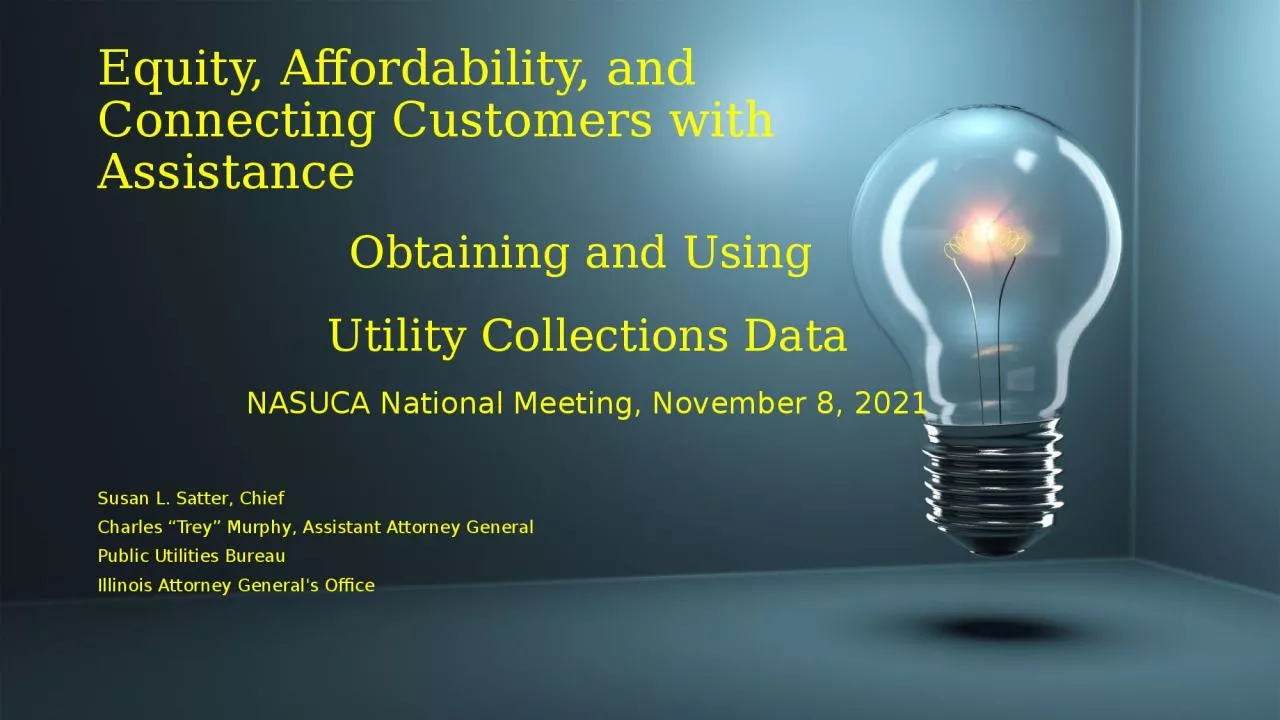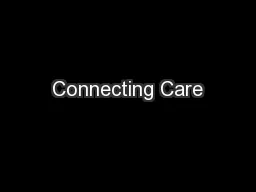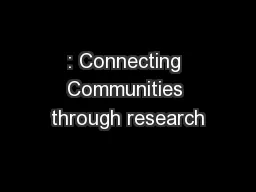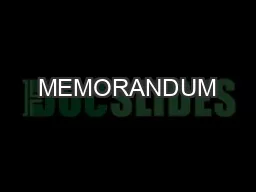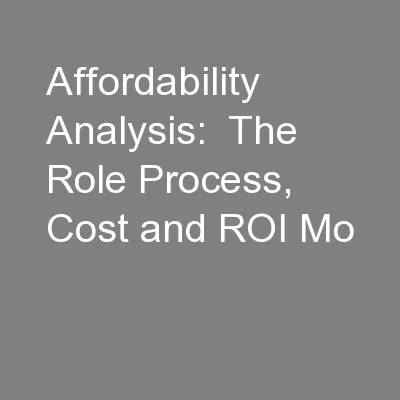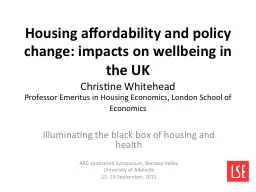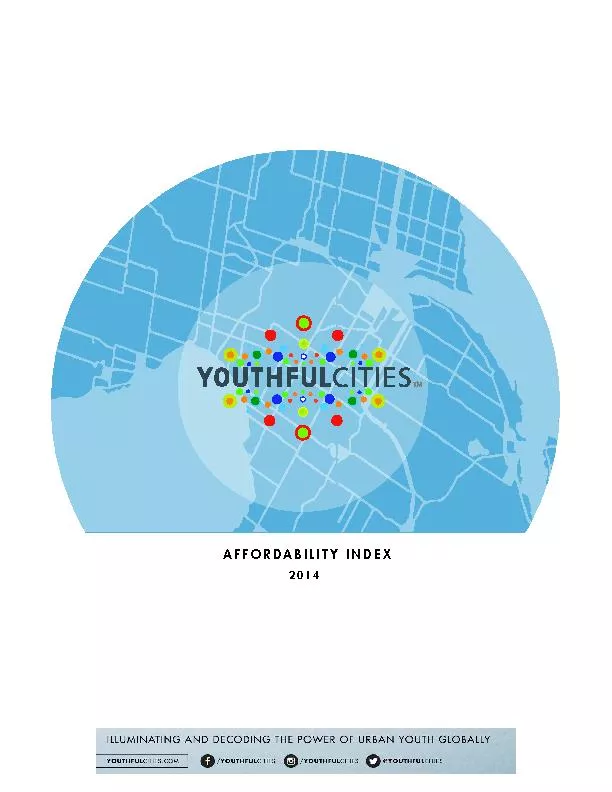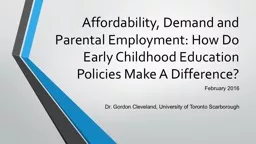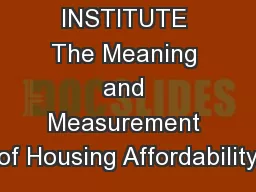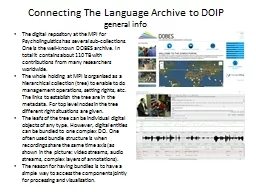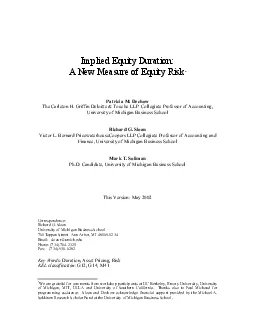PPT-Equity, Affordability, and Connecting Customers with Assistance
Author : elina | Published Date : 2024-02-02
Obtaining and Using Utility Collections Data NASUCA National Meeting November 8 2021 Susan L Satter Chief Charles Trey Murphy Assistant Attorney General Public
Presentation Embed Code
Download Presentation
Download Presentation The PPT/PDF document "Equity, Affordability, and Connecting Cu..." is the property of its rightful owner. Permission is granted to download and print the materials on this website for personal, non-commercial use only, and to display it on your personal computer provided you do not modify the materials and that you retain all copyright notices contained in the materials. By downloading content from our website, you accept the terms of this agreement.
Equity, Affordability, and Connecting Customers with Assistance: Transcript
Download Rules Of Document
"Equity, Affordability, and Connecting Customers with Assistance"The content belongs to its owner. You may download and print it for personal use, without modification, and keep all copyright notices. By downloading, you agree to these terms.
Related Documents

